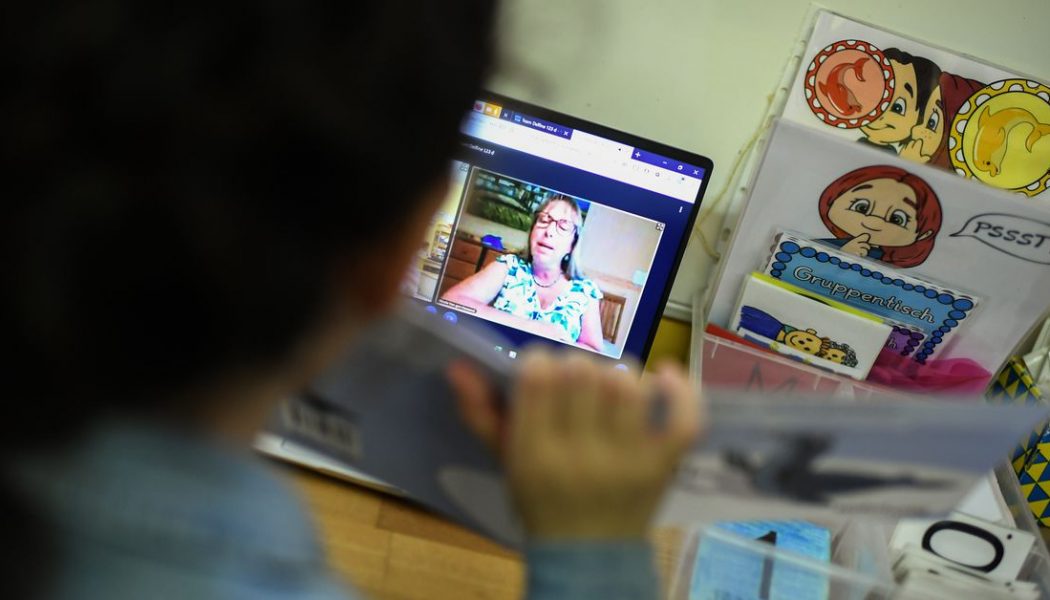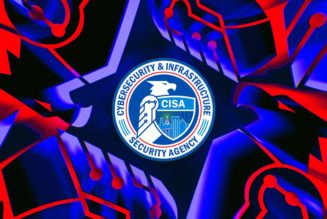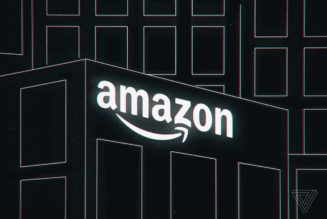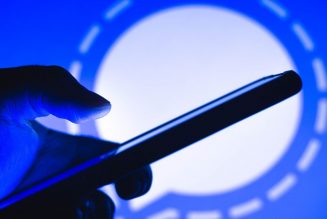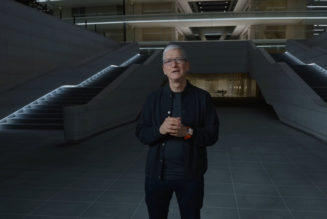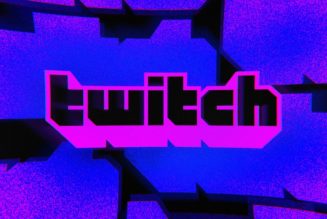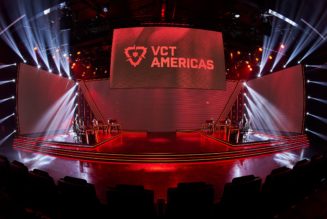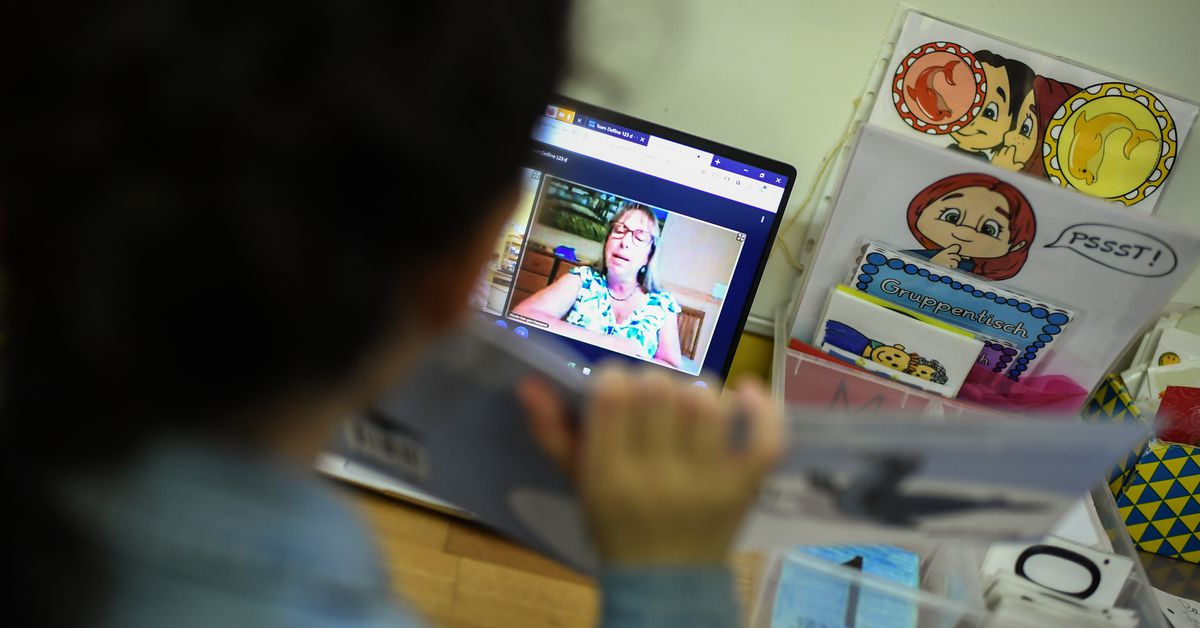
Years before the pandemic, planetary scientist Lindy Elkins-Tanton was thinking about the best way to change the world. In conversations with her husband and son, she kept coming back to one thing: education. More specifically, teaching people skills that will help them continue to learn even after school and help make a difference in their own communities. “Every person has their own miraculous ability to find and solve problems,” Elkins-Tanton says.
Elkins-Tanton is a professor at Arizona State University and the principal investigator of NASA’s Psyche mission to visit a metal asteroid. She’s also co-founder of Beagle Learning, a startup that has developed an online platform to support inquiry-based learning.
In a nutshell, inquiry-based learning lets students guide their classes by asking questions and then finding their own answers. The idea has been around for decades, but with the pandemic, teachers and schools are trying to figure out how to bring that method online. In the college-level course she teaches, students set their own ambitious goal for the semester, or they set a goal together for the class. (One example goal: “I want to learn what the universe is made of.”) Each week, they ask questions to get them closer to that goal and do their own research to find answers. Then they meet up for a weekly Zoom discussion where they talk about what they learned with other students and ask new questions to answer the next week. By the end of the class, they’ve developed their own “textbook” of information.
That method won’t translate to all other classes. There’s no way to skip fundamental skills like reading or math. “There are classes like algebra, for example, that are super hard to teach this way,” Elkins-Tanton says. But she hopes that at least some classes might be able to become more active — even for students learning remotely this year.
“I think this is a magic time somehow — as terrifying as it is,” Elkins-Tanton says. “It’s also a moment of opportunity.”
The following interview has been edited for length and clarity.
In your recent Slate piece, “No Student Should Have to Sit Through a Zoom Lecture,” you called the pandemic a singular opportunity to improve education. What is it about this time that makes it the singular opportunity?
Creating a sense of engagement, a sense of connection, is particularly hard online. And things that are passive learning in person, like “Sit and listen to this lecture and take some notes on your own,” become even more passive online.
When you give someone a lecture for an hour online, it goes beyond passive into comatose. Finding ways to bring active learning into the online environment is almost necessary. You almost can’t bring education online unless you do that. We have to bring education online right now, which is this opportunity to do it better.
Everyone from pre-K to college students are wrestling with the shift to remote and online learning. What age groups would this work for? You teach college students, is this something that younger students are going to be able to use as well?
If you think about your own experience as a kid, when you’re three years old, more or less, you start asking questions without stop. Because you want to know all these things, and you go to school and you’re still filled with questions. And gradually, between kindergarten and high school in a kind of a bad, old-fashioned pedagogy, it gets beaten out of you and you become a passive learner.
The truth is that we start as open inquiry learners, just asking questions about the world around us, trying to follow our path to gain knowledge. And so what we’re trying to do is just keep that going, keep that spark alive in the person so that as they come out the other end of their schooling, they still have that drive and wish to learn and fix and know and solve.
[embedded content]
Sometimes classes really do need students to learn basic knowledge, and you do need lectures. What would this more active method look like for those introductory or standard classes?
You can put little pieces of inquiry layered on top of an existing curriculum without changing the content at all. With Beagle, we did that with somebody who’s been teaching economics for 30 years. He was teaching the same way: lecture lecture lecture, had very low engagement, freshmen had poor grades, this kind of thing. He wanted to keep his lectures and his content, just like you would want state standards if you’re teaching algebra.
What we did was we asked students, “What was your biggest question from today’s lecture?” That was a little exercise to take three minutes at the end of class online. Sometimes you can just do it as homework, you don’t even have to take class time. Then we would supply the professor with all the questions. The professor would spend 10 minutes at the beginning of the next class answering the key questions. And just from that degree of inquiry and student engagement, his class attendance went up by 50 percent compared to his previous several years.
That sounds great, but what happens when you have a student who isn’t engaging with the material as much in an inquiry-driven class? I’m remembering how much we dreaded group projects in school.
Part of our design has been that every student finds their own content and summarizes their own content and brings it back to class. And so in a way, it’s completely obvious if they’re failing. In most group projects, you can kind of hide and it looks like you did your work because there’s some project at the end, but who knows, really, who did each bit? But here, every person really has their own job.
That is actually my experience of, for example, building a spacecraft. You’ve got 800 people who are working on the Psyche project. In the end, we’re going to have a spacecraft. But along the way, you do know exactly what every person is supposed to do. Every person is there for a purpose that has to do with their expertise. And so we tried to design it a bit the same way.
So every student, you know whether they’ve done their work or not. If they’re not finding content and not bringing information back, what that means is that their classmates learn a little bit less because they’re not benefiting from additional knowledge from one other person. But in a sense, it’s almost like instead of being in a 25-person class, it’s a 24-person class. It’s not a huge loss for the other students. It’s just a loss for that one person who’s opting out.
What happens if the information students bring to class is wrong?
We work with them to understand things like bias in your source or age of material. Maybe they read something from 1984 and their colleagues found something from 2000 that contradicts it. We’ve had that happen many times in classes. And so we asked the students whose papers came up with opposite answers to talk about what was the supporting material in each of your papers that made the person come to that conclusion. Which sets of supporting materials are more convincing and why?
And then, another good thing is when the instructor or instructors are an expert in the general subject area. So space exploration is something that I’m an expert in. I can always help people and say, “Look for articles by so-and-so, they’re really an expert on that,” or “The latest knowledge is actually X, Y, Z,” or “I see next week I should give you a content burst about the effects of radiation.” So that, all the time, they’re gaining a much more nuanced view of the range of reliability of human knowledge.
How hard of a transition is it for teachers to go from lectures to this kind of learning environment?
It can be very scary to stand at the front of a classroom and feel like you are not in absolute control. That is a pretty uncomfortable position for a lot of teachers to be in. But if you think of yourself as a teacher, someone who was there to help the whole person become effective and educated, then it becomes a much more comfortable position.
The first couple times I did it, I was pretty nervous. I was worried that the students wouldn’t buy in, that they would go “What the hell is this? I’m dropping this class.” We would get these moments of panic, especially from undergraduates. Right away, they’re saying, “How will I know when I’m done? How will you assess me? How will we know if I’m right?” And my answer to that is welcome to the real world.
In the real world, a question is almost never fully answered. And knowing you’re right is just a matter of putting together so much information that you feel you can really substantiate and support what you’re saying. What I’m looking for from you is progress.
Ideally, what do you see happening next once we’re out of all this?
In my fantasy world, I’d hope that as we come back in person, education can move in directions where students have engagement and inquiry and ability to take some action in their education instead of just being passive. I think this is especially critical in terms of equity. This goes right along with Black Lives Matter and every push for equity and diversity that you can imagine. You have kids who come from backgrounds where they weren’t given power, where they don’t have resources. And you put them in classrooms where they’re taught to sit down and be quiet — you’re taking away their agency. [Instead], teach people to have a productive voice.
I think that’s an important step in figuring out how to fix things, figuring out how to solve problems, figuring out not just how to be heard, but how to be effective. So not just “Listen to me,” but also, “Let’s change things together.” So that’s really what I hope for. That’s what I would really love for students to learn in school.
